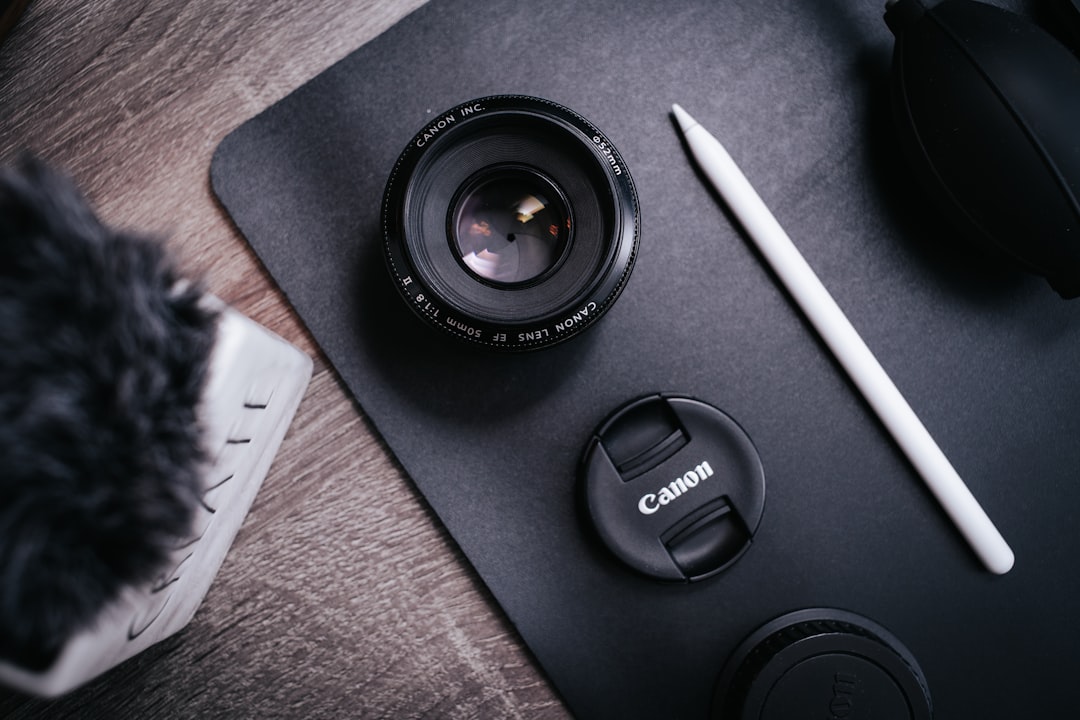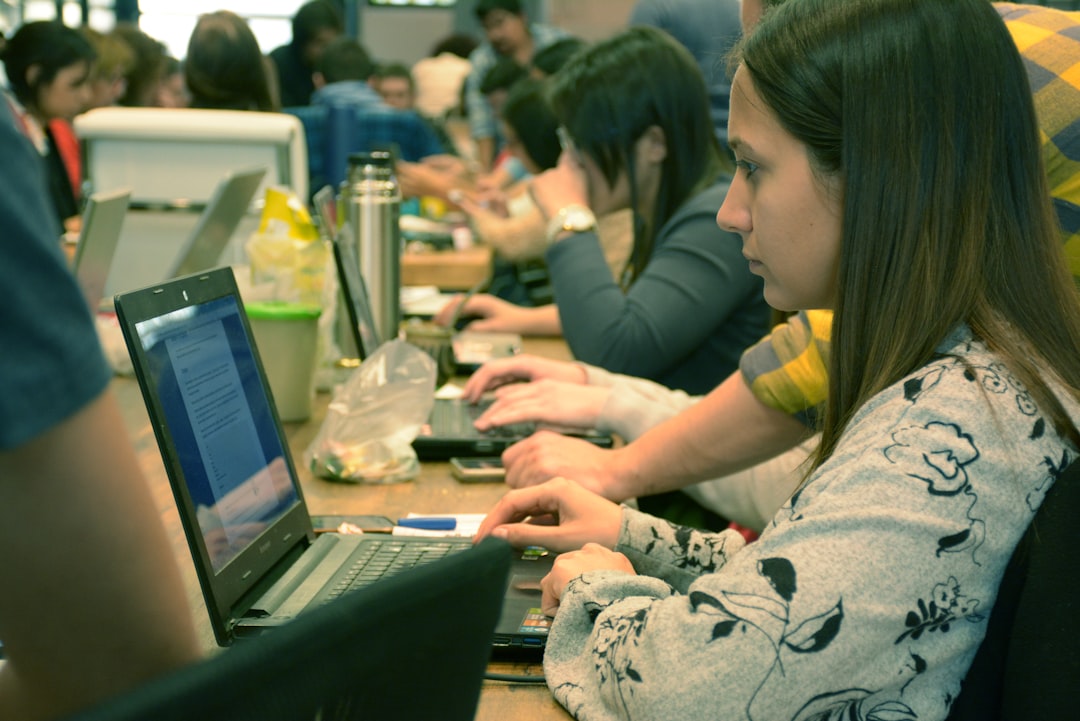Saving and investing used to be something for the rich. If you didn’t have a lot of money or fancy education, the idea of growing your wealth seemed out of reach. But that’s changing—fast!
Thanks to AI-powered micro-investing assistants, people all over the world are starting to save and invest with just a smartphone and a few spare coins.
So, what are micro-investing assistants?
Imagine a friendly app on your phone. It doesn’t need you to know the stock market. It doesn’t ask for huge amounts of money. Instead, it helps you invest tiny bits of cash—maybe just $1 or even less. And it’s smart, really smart!
These micro-investing assistants are powered by Artificial Intelligence (AI). That means they can learn, adapt, and make smart choices on your behalf. They look at your spending habits. They scan the market. Then they help choose the best way to invest your small savings.

Why is this a big deal in developing countries?
A lot of people in developing countries don’t have access to banks. Or they have banks, but no one wants to talk to them about investing because they don’t have big pockets.
Here’s where micro-investing assistants shine:
- Low barriers: You can start with less than $1.
- Mobile-first: All you need is a smartphone and internet.
- Personalized help: AI tailors the advice to your life and income.
- No need for financial training: The assistant does the hard thinking for you.
Now people who once felt left out of the financial system are finally included. They can save for the future, invest in their dreams, and plan for emergencies!
How does AI make it all work?
AI is like having a super helpful assistant in your pocket. It can:
- Analyze your income
- Track your spending
- Find patterns in your habits
- Recommend small investment options based on risk
Let’s say Fatima makes $5 a day. AI might suggest saving just $0.20 daily. After a month, she’ll have $6 saved. That $6 could be invested in a low-risk fund or used to buy a small share in a local business.

The social impact is huge!
Micro-investing assistants aren’t just about money. They’re about hope. They help families plan for their kids’ education. They help workers build safety nets. They give power back to people who never thought they could manage money.
In places with high unemployment or unstable banks, these tools bring stability. They encourage a saving culture. They boost confidence and independence.
Here are some cool things happening:
- In Kenya, people are using M-Pesa and investment apps together.
- In India, daily wage earners are now investing through simple bots.
- In South America, AI apps are helping people grow their small savings despite inflation.
Are there any challenges?
Of course. No tech solution is perfect.
- Internet access is still not everywhere.
- Some people don’t trust apps with money—yet!
- AI needs good local data to give the best advice.
But even with these bumps in the road, the journey is exciting. With some guidance and education, more people are joining the revolution every day.
The future looks bright
As smartphones become cheaper and internet reaches more villages, micro-investing with AI will keep growing. Big banks are also starting to notice. They’re working with tech startups to build better tools for small investors.
The dream? A world where anyone, anywhere can grow their money. No matter how little they earn. No matter where they live. Financial inclusion is becoming a reality—and it’s powered by AI!
This isn’t just a tech trend. It’s a money movement.






